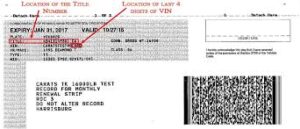Trend Analysis is a method of technical analysis that involves identifying and analyzing the direction and strength of market trends to predict future price movements. It is based on the idea that markets tend to move in trends, and by understanding these trends, traders can make informed decisions.
Key Components of Trend Analysis:
- Trend Direction: Determining whether the trend is upward, downward, or sideways.
- Trend Strength: Evaluating the magnitude and velocity of the trend.
- Trend Duration: Assessing the length of time the trend has been in place.
- Trend Speed: Measuring the rate of change of the trend.
Types of Trends:
- Uptrend: Successive higher highs and higher lows.
- Downtrend: Successive lower highs and lower lows.
- Sideways Trend: Flat, range-bound market with no clear direction.
Trend Analysis Tools:
- Trend Lines: Connecting a series of highs or lows to define the trend.
- Moving Averages: Plotting the average price over a certain period to smooth out price action.
- Channel Lines: Drawing parallel lines to contain the trend.
- Ichimoku Cloud: A comprehensive trend analysis tool.

Benefits of Trend Analysis:
- Identifies market direction and strength
- Helps set realistic trading goals
- Provides a framework for risk management
- Enhances trading discipline
Limitations of Trend Analysis:
- Trends can be difficult to identify in real-time
- Trends can reverse suddenly
- Trends can be influenced by external factors
Best Practices:
Continuously refine trend analysis skills.g., trend, indicator)
Use multiple time frames to confirm trends
Combine trend analysis with other forms of analysis (e.g., pattern, indicator)
Monitor trend changes and adjust trading strategies accordingly
Use multiple time frames to confirm patterns
Monitor pattern evolution and adjust trading strategies accordingly












